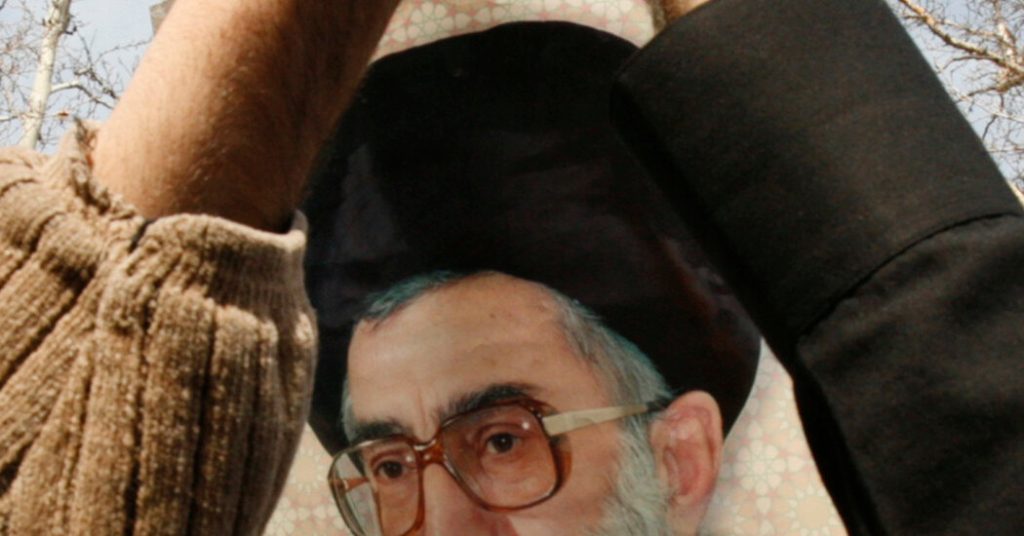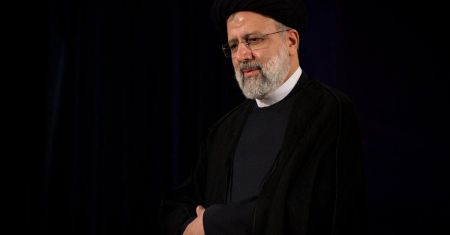The conflict between Iran and Israel has escalated over the past month, with unprecedented drone and missile strikes raising concerns of a full-blown war. Despite not having any bilateral land or resource disputes, the two nations have historical animosity dating back to Ayatollah Khomeini’s rise to power in 1979. Khomeini’s vision for Iran was built on three pillars: death to America, death to Israel, and the subjugation of women. Today, Iran’s current rulers, including Ayatollah Ali Khamenei, continue to denounce Zionism and actively support groups opposing Israel.
Iran has spent billions of dollars arming and financing proxy militias in Lebanon, Syria, Gaza, Iraq, and Yemen, forming an Axis of Resistance against America and Israel. While presenting themselves as supporters of Palestinian justice, Iran’s true goal is to demolish Israel rather than build a Palestine. Despite their commitment to their ideology, Iran’s leadership ultimately prioritizes staying in power, as seen in their cautious response to recent military strikes by Israel. Iranians have increasingly recognized that their own government is the main obstacle to a normal life, not external threats from America or Israel.
Iran’s support for groups like Hamas and Palestinian Islamic Jihad has empowered right-wing Israeli politicians and diverted attention from Palestinian suffering. The threat of Iran’s regional and nuclear ambitions has also facilitated normalization agreements between Israel and Arab governments equally wary of Iran. Even as Iran’s leaders continue to dream of Israel’s destruction, many Israeli officials hope for normal relations with a future Iranian government that prioritizes Iranians’ interests over Israel’s demise. The conflict between Iran and Israel, ultimately, hinges on the choice of Iranian leaders to pursue peace rather than destruction.















